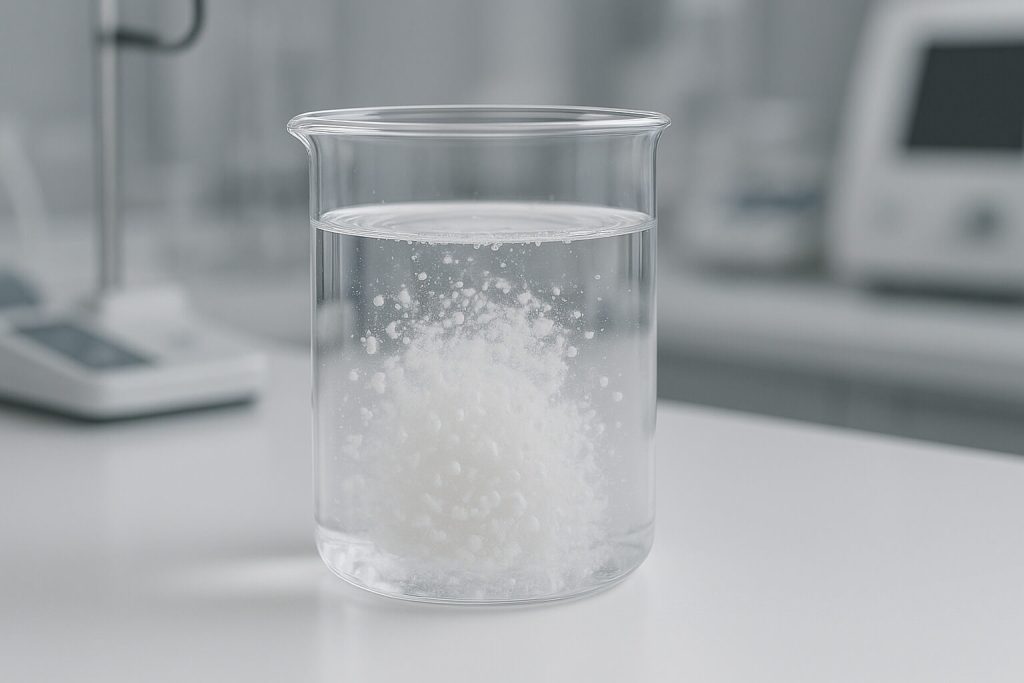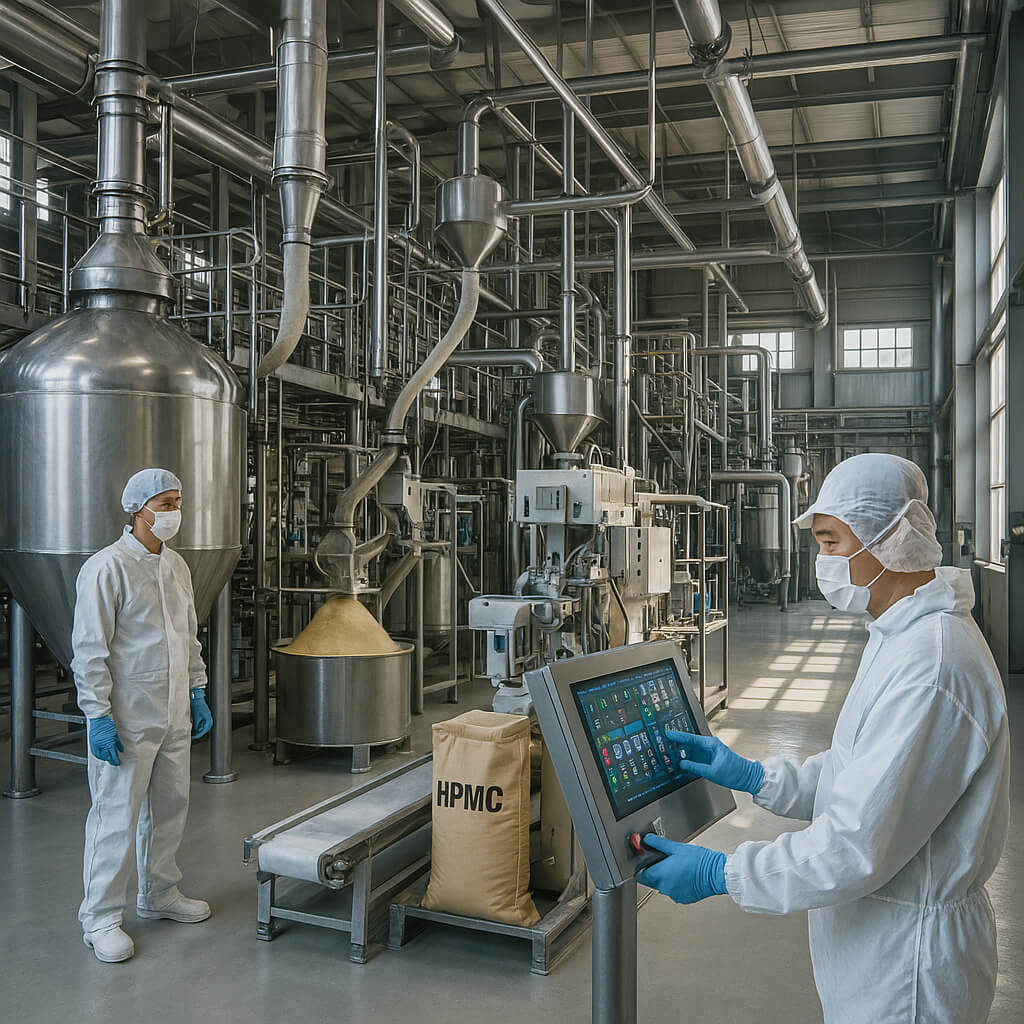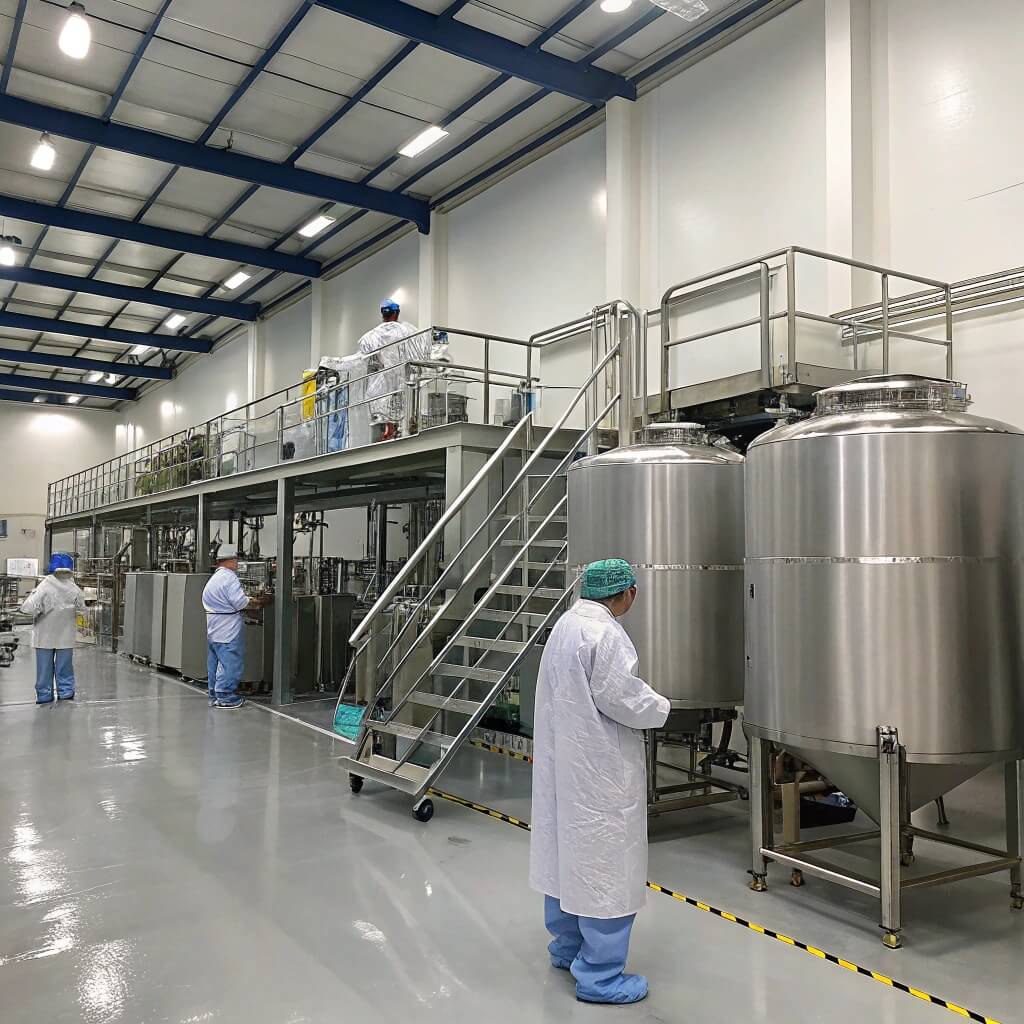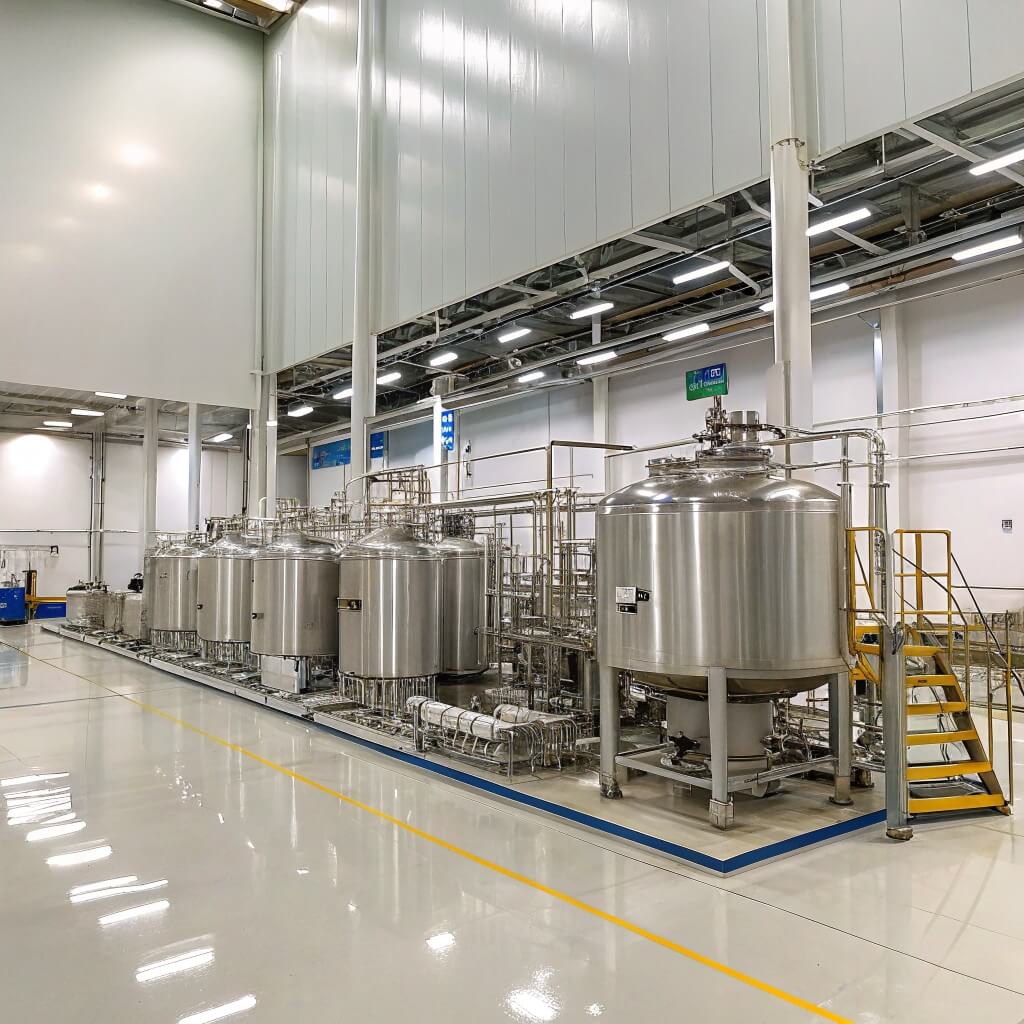Hydroxypropyl Methylcellulose (HPMC) is a cellulose-derived polymer that is widely used across various industries. Its exceptional properties make it an essential ingredient in products ranging from pharmaceuticals to construction materials. Understanding the key properties of HPMC can help industries make informed decisions when selecting it for specific applications. In this article, we’ll explore the various properties of HPMC, how it is made, and its diverse uses in multiple sectors.

1. What is Hydroxypropyl Methylcellulose (HPMC)?
Hydroxypropyl Methylcellulose (HPMC) is a chemically modified cellulose polymer. It is derived from natural cellulose, which is then subjected to a process that introduces hydroxypropyl and methyl groups to the polymer structure. These modifications are what give HPMC its unique properties, such as water solubility, gel formation, and viscosity enhancement.
HPMC is used extensively in the pharmaceutical, food, construction, and cosmetic industries. Its primary function is as a thickening agent, stabilizer, and emulsifier. In the pharmaceutical sector, it is often used as a binder in tablet formulations, while in the food industry, it acts as a stabilizer and thickener in various products such as sauces, dressings, and dairy products.
What makes HPMC stand out is its versatility. It is highly soluble in both hot and cold water, making it suitable for a variety of formulations. Its ability to form gels and increase the viscosity of solutions is also highly valued in industries requiring consistent product textures.
| Property | Functionality | Application Areas |
|---|---|---|
| Solubility | Soluble in cold and hot water | Pharmaceuticals, Food, Cosmetics |
| Gel-Forming Ability | Forms stable gels | Food, Pharmaceuticals |
| Viscosity | Increases viscosity | Construction, Food |
2. What Are the Key Properties of HPMC?
The key properties of HPMC include solubility, viscosity, gel formation, and stability under different conditions. Each of these properties plays a crucial role in determining how HPMC behaves in various formulations.
- Solubility: HPMC is soluble in both cold and hot water, which is a critical characteristic for its use in various applications. This solubility enables HPMC to be used in the preparation of aqueous solutions where a controlled viscosity is required.
- Viscosity: One of the most important properties of HPMC is its ability to increase viscosity. The viscosity of HPMC solutions can be tailored by adjusting the degree of substitution, which allows manufacturers to create products with the desired consistency. In pharmaceutical formulations, for example, HPMC’s viscosity-enhancing properties help control the release rate of active ingredients.
- Gel Formation: HPMC can form stable gels when mixed with water. This makes it an ideal choice for creating sustained-release formulations in the pharmaceutical industry and for providing thick textures in food and cosmetic products.
- Stability: HPMC is stable across a wide range of temperatures and pH levels. This makes it suitable for use in both acidic and alkaline formulations. Its stability in extreme conditions also contributes to its widespread use in construction materials, where temperature fluctuations are common.
| Property | Functionality | Impact on Applications |
|---|---|---|
| Solubility | Dissolves in cold and hot water | Enables diverse formulations |
| Viscosity | Increases viscosity | Controls texture and consistency |
| Gel Formation | Forms stable gels | Ideal for controlled release systems |
| Stability | Resists degradation under various conditions | Widely used in diverse industries |
3. How Does HPMC Improve Solubility in Water?
The introduction of hydroxypropyl and methyl groups to the cellulose structure is what makes HPMC so effective at dissolving in both cold and hot water. These groups create a more hydrophilic structure, allowing the polymer to break down and dissolve in aqueous solutions easily. The presence of the hydroxypropyl group, in particular, significantly enhances the solubility of HPMC, enabling it to be used in a wider range of water-based applications.
This solubility is particularly valuable in pharmaceutical formulations, where HPMC is used to create suspensions and controlled-release tablets. By adjusting the degree of substitution, manufacturers can control how quickly or slowly HPMC dissolves in water, which directly impacts the release rate of active pharmaceutical ingredients.
In food and cosmetic products, the water solubility of HPMC ensures that it can be easily incorporated into formulations without clumping or requiring additional processing steps. It also helps improve the texture of products, making them smoother and more consistent.
| Property | Impact on Solubility | Application Areas |
|---|---|---|
| Hydroxypropyl Group | Enhances solubility in water | Pharmaceuticals, Food, Cosmetics |
| Methyl Group | Improves dissolution rate | Pharmaceuticals, Food |
| Solubility in Cold/Hot Water | Makes HPMC versatile across industries | Food, Pharmaceuticals, Cosmetics |
4. How Does HPMC Influence Viscosity and Gel Formation?
HPMC’s ability to modify viscosity is one of its most critical properties. By adjusting the concentration and degree of substitution of hydroxypropyl and methyl groups, HPMC solutions can be made thicker or thinner depending on the application’s needs. In pharmaceuticals, HPMC’s viscosity-enhancing properties allow for the creation of sustained-release formulations. The controlled viscosity helps in regulating the release rate of active ingredients, ensuring that they are released over time rather than all at once.
In food applications, HPMC is used to modify the texture of products like sauces, soups, and salad dressings. Its ability to thicken and stabilize emulsions makes it an ideal ingredient in many processed food items. Similarly, in cosmetics, HPMC helps improve the consistency and texture of creams, lotions, and gels, providing a smooth, luxurious feel.
Moreover, HPMC’s gel-forming ability makes it a valuable tool for creating sustained-release drug formulations. When mixed with water, HPMC forms a gel-like structure that encapsulates active ingredients, controlling their release into the body. This property is particularly important for ensuring that drugs are released at a steady rate over time, rather than all at once.
| Property | Functionality | Applications |
|---|---|---|
| Viscosity | Modifies consistency | Pharmaceuticals, Food, Cosmetics |
| Gel Formation | Forms stable gels | Pharmaceuticals, Food |
| Texture Adjustment | Provides smoothness | Food, Cosmetics |
5. What Are the Thermal and Chemical Stabilities of HPMC?
HPMC exhibits excellent thermal and chemical stability, which makes it suitable for a wide range of formulations. It can withstand various temperatures without losing its structural integrity, which is crucial in applications such as construction, where products are exposed to fluctuating temperatures.
In pharmaceuticals, the stability of HPMC ensures that it can maintain its gel-forming and viscosity-enhancing properties over the shelf life of a drug product. This stability also ensures that the release rate of active ingredients remains consistent throughout the duration of use.
Chemically, HPMC is stable under both acidic and alkaline conditions, which makes it versatile for use in different environments. It can be used in formulations with a wide pH range without degrading or losing its properties. This is especially important in the pharmaceutical and food industries, where varying pH levels are common.
| Property | Functionality | Key Applications |
|---|---|---|
| Thermal Stability | Withstands temperature fluctuations | Pharmaceuticals, Construction |
| Chemical Stability | Resists degradation under different pH levels | Food, Pharmaceuticals |
| Versatility | Performs in various environments | Cosmetics, Food, Pharmaceuticals |
6. How Does HPMC Perform in Different Industries?
HPMC is a highly versatile material that is used in a variety of industries, each benefiting from its unique properties.
- Pharmaceuticals: HPMC is used to formulate controlled-release tablets and capsules, where it helps control the release rate of active ingredients. It is also used as a binder, stabilizer, and thickener in liquid formulations, suspensions, and emulsions.
- Construction: In the construction industry, HPMC is widely used in cement-based products like mortars, plasters, and tile adhesives. Its ability to retain water and improve workability is crucial in ensuring the consistency and ease of application of these materials.
- Food: In the food industry, HPMC serves as a thickener, stabilizer, and emulsifier. It is used in a variety of processed foods, including sauces, dressings, ice cream, and bakery products. HPMC helps maintain the texture and stability of these products over time.
- Cosmetics: HPMC is used in cosmetic products such as lotions, creams, and gels. Its ability to improve texture and viscosity makes it a popular choice for formulating smooth, stable products that provide a pleasant sensory experience.
| Industry | Use of HPMC | Benefits |
|---|---|---|
| Pharmaceuticals | Controlled-release formulations | Sustained drug release |
| Construction | Mortars, tile adhesives | Water retention, workability |
| Food | Emulsifier, stabilizer | Texture, stability |
| Cosmetics | Creams, lotions, gels | Smooth texture, viscosity |
7. Why Is HPMC Preferred Over Other Polymers in Some Applications?
HPMC offers distinct advantages over other polymers due to its superior solubility, viscosity-enhancing properties, and gel-forming abilities. It outperforms many synthetic polymers, which are not as versatile or biocompatible.
For example, in the pharmaceutical industry, HPMC is preferred for controlled-release systems because it provides a consistent release of active ingredients, unlike many other polymers that do not form stable gels. In construction, HPMC’s ability to retain water and improve the workability of mortar and adhesives makes it indispensable for cement-based formulations.
In food applications, HPMC’s ability to stabilize emulsions and thicken liquids provides consistency and texture that other polymers cannot match. This makes it a preferred choice for creating high-quality, shelf-stable products.
| Property | HPMC Advantage | Applications |
|---|---|---|
| Solubility | Soluble in both cold and hot water | Pharmaceuticals, Food |
| Gel-Forming Ability | Forms stable gels | Pharmaceuticals, Food |
| Viscosity | Thickens liquids and stabilizes emulsions | Food, Construction |
8. How Is the Quality of HPMC Measured?
The quality of HPMC is determined by several key factors, including its viscosity, degree of substitution, solubility, and gel strength. These factors are critical for ensuring that HPMC performs as intended in its respective application.
In the pharmaceutical industry, for example, HPMC’s viscosity and solubility are crucial for controlling the drug release rate. In food and cosmetics, its texture and ability to stabilize emulsions are key indicators of quality. Manufacturers rely on standardized testing methods to measure these properties and ensure consistency from batch to batch.
Quality control is especially important when it comes to regulatory standards. HPMC must meet specific industry regulations, especially in pharmaceuticals and food, where product consistency and safety are paramount.
| Quality Parameter | Testing Method | Industry Application |
|---|---|---|
| Viscosity | Rheological testing | Pharmaceuticals, Food |
| Degree of Substitution | Chemical analysis | Pharmaceuticals, Cosmetics |
| Gel Strength | Gel formation tests | Pharmaceuticals, Food |
9. How Are Different Grades of HPMC Selected for Specific Applications?
HPMC comes in various grades, each designed to meet the specific needs of different industries. The selection of the right grade depends on factors like viscosity, solubility, and the intended use of the product.
- Pharmaceuticals: In pharmaceutical formulations, the grade of HPMC selected depends on its ability to form gels and control drug release. Higher viscosity grades are typically used for sustained-release formulations, while lower viscosity grades are used for quick-dissolving tablets.
- Construction: In the construction industry, the selection of HPMC grade depends on its water retention properties and ability to improve workability. Higher viscosity grades are used for tile adhesives and plasters, where a thicker consistency is required.
- Food and Cosmetics: In food and cosmetics, the grade of HPMC chosen depends on its ability to stabilize emulsions, adjust texture, and improve product consistency. Lower viscosity grades are often used in applications like creams and lotions, while higher viscosity grades are used in thick sauces and dressings.
| Industry | Grade Selection Criteria | Specific Use |
|---|---|---|
| Pharmaceuticals | Viscosity, solubility | Controlled-release tablets |
| Construction | Water retention, workability | Mortars, adhesives |
| Food and Cosmetics | Texture, emulsification | Sauces, creams, lotions |
10. What Are the Environmental Considerations When Using HPMC?
HPMC is derived from cellulose, a renewable resource, making it an eco-friendly alternative to many synthetic polymers. Its biodegradability ensures that it won’t contribute to long-term environmental pollution when disposed of properly. Additionally, the production of HPMC involves fewer environmental hazards compared to petroleum-based polymers, further enhancing its sustainability.
Despite its advantages, the production of HPMC does involve chemical modifications that require the use of solvents and other chemicals. However, the industry is increasingly adopting greener manufacturing practices, such as using non-toxic solvents and reducing energy consumption during production.
As demand for sustainable materials grows, HPMC’s environmental benefits make it a popular choice in industries looking to reduce their carbon footprint.
| Environmental Factor | Impact of HPMC | Sustainability Practices |
|---|---|---|
| Biodegradability | Biodegradable, eco-friendly | Renewable, natural source |
| Manufacturing Impact | Lower environmental footprint | Green manufacturing processes |
| Eco-friendly | Non-toxic, minimal waste | Sustainable alternative |
FAQ Section
Q1: What is Hydroxypropyl Methylcellulose (HPMC)?
Answer: HPMC is a cellulose derivative used in pharmaceuticals, food, and cosmetics for its water solubility, viscosity, and gel-forming properties.
Q2: How does HPMC control drug release in formulations?
Answer: HPMC forms gels that regulate the release of active ingredients in controlled-release drug formulations, ensuring sustained release over time.
Q3: Why is HPMC preferred in food applications?
Answer: HPMC is preferred for its ability to stabilize emulsions, thicken liquids, and maintain texture and stability in food products such as sauces and dressings.
Q4: What is the difference between HPMC and other cellulose derivatives?
Answer: HPMC has both hydroxypropyl and methyl groups, giving it superior water solubility and gel-forming ability compared to other cellulose derivatives.
Q5: How is HPMC used in the construction industry?
Answer: In construction, HPMC is used to improve water retention, workability, and stability in products like mortars, tile adhesives, and coatings.




